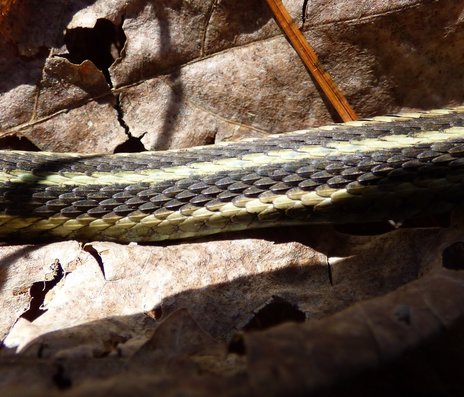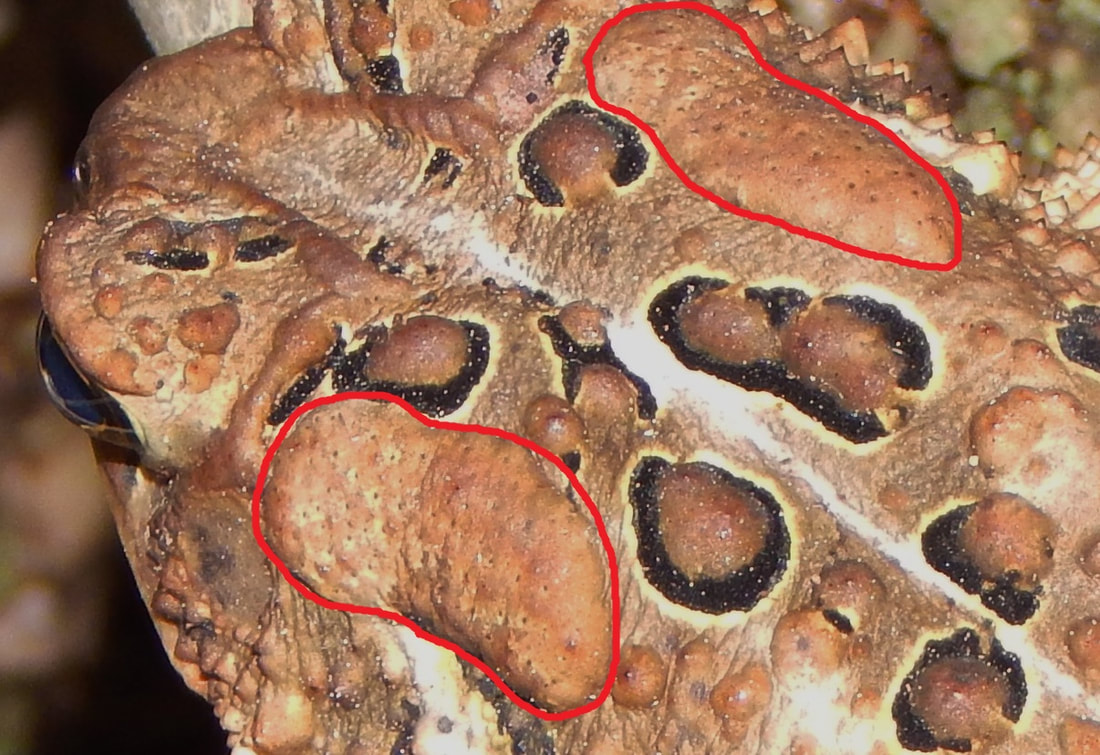Glossary
|
Arthropod- A class of invertebrates. Insects, spiders, crustaceans etc. "Insect-like" creatures.
Carapace- Top part of a shell e.g. spiders, turtles, crabs Carrion- A dead and decaying carcass or meat. Conifer- A tree or shrub that has needles instead of leaves and produces cones. Coniferous- A forest that contains primarily conifer type trees such as pines, spruces and firs. Deciduous- A type of forest that contains trees that lose their leaves in autumn and re-bud in spring. (mixed refers to a forest with both conifers and deciduous trees. Diurnal- Active during the day. Instar- A stage in an insect's larval life; as certain insects grow they shed their exoskeleton to make room for their growing body. Examples are praying mantids, true bugs, and caterpillars. Sometimes displayed as L1, L2, L3, etc. Invertebrates- Organisms without a backbone, these include spiders, insects, crustaceans, earthworms, etc. Keeled- Refers to small ridge on each scale of certain species of snake. It make the snake's skin feel rough. Nocturnal- Active at night. Paratoid Gland- The set of kidney shaped "warts" on the back of a toad. These contain toxins which are secreted when an animal bites the toad. Plastron- The lower part of a shell, e.g. crabs, turtles Plumage- A bird's feathers, many change in fall and return to normal in the breeding season. Predacious- predatory Refuse- trash Tussock- A dense tuft of grass often in a hump shape. |



